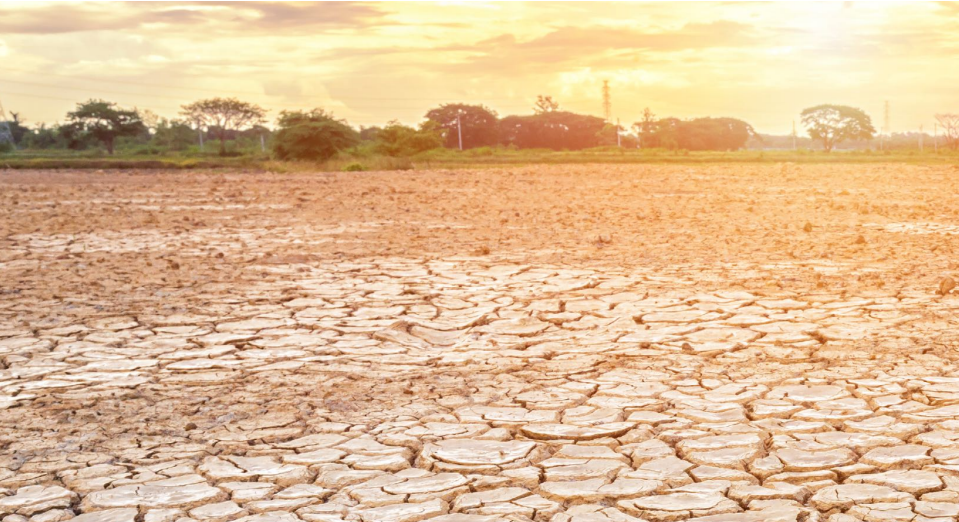
Southeast Asia faces rising economic risks from water-linked climate extremes. (Photo: WEF)
According to the Global Commission on the Economics of Water (GCEW), 90% of extreme weather events are linked to water, underscoring the urgent need for Adaptation through Water (AtW) strategies. Southeast Asian countries are particularly vulnerable to climate impacts, with projected economic losses of up to 25%.
In response, the World Economic Forum (WEF) and Singapore International Foundation (SIF) have released a new report offering four key recommendations to help policymakers take action.
Water regulation lags in Thailand, Vietnam, the Philippines, Indonesia
The Intergovernmental Panel on Climate Change (IPCC) estimates that under a high-emissions scenario, average temperatures in Southeast Asia could rise by 3.5°C by 2050, accelerating sea level rise and placing increasing stress on water systems. The new report identifies three major water-related challenges:
- Too Much Water: Southeast Asia is among the most flood-prone regions globally. Vietnam ranks first on global indices for both coastal and riverine flood risks. To mitigate the impacts of flooding, an estimated USD 13 billion will need to be invested by 2030 to enhance flood adaptation and recovery capacity—beyond just developing advanced drainage systems and rainwater storage infrastructure.
- Too Little Water: Thailand faces frequent droughts, particularly in its central and northeastern regions. As a major agricultural country, one-third of its workforce is exposed to drought risks. Water shortages also threaten high-tech industries. For example, Malaysia is considering stricter water regulations, requiring data centers to secure alternative water sources before operations begin.
- Too Dirty Water: While water availability has drawn more attention, water quality is an emerging concern, especially due to industrial pollution. Countries with weaker environmental regulations, such as Thailand, Vietnam, the Philippines, and Indonesia, face higher risks. The report stresses that expanding the coverage and capacity of wastewater treatment facilities is key to systematically addressing the problem.

Vietnam ranks first on global indices for both coastal and riverine flood risks. (Photo: meducauk/Flickr CC BY-NC-SA 2.0)
Experts call for water-centered solutions to protect ASEAN economies
The report estimates that climate-related disruptions could cost Southeast Asia between 18% to 25% of its GDP. However, climate adaptation remains underprioritized, partly due to the complexity of proposed action plans and the difficulty in quantifying their return on investment.
To strengthen climate resilience through water, experts highlight four core strategies:
- Reduce flood-related damage to assets and economic activities
- Improve water use efficiency and develop alternative water sources
- Establish financial frameworks and instruments to support AtW and mobilize private investment
- Leverage AI and data analytics to foster innovation in water technologies
The Organisation for Economic Co-operation and Development (OECD) recently noted that the economic impact of droughts has doubled since 2000 and is projected to rise another 35% to 110% by 2035.
Citing the Integrated Drought Management Programme (IDMP), the report found that every USD 1 invested in drought resilience could yield up to USD 10 in economic returns, an urgent call for governments to step up climate adaptation efforts.
Source: WEF, The Straits Times, OECD
.jpg)






